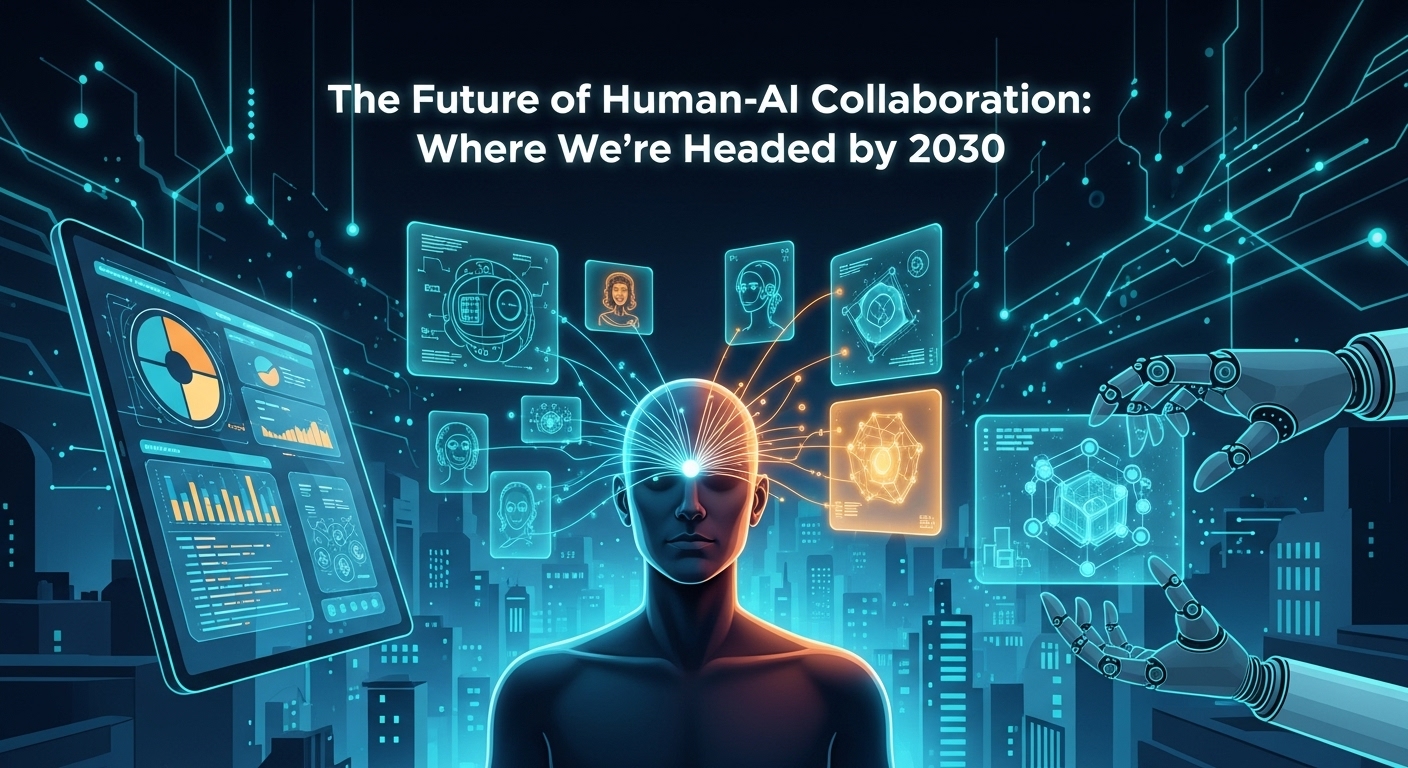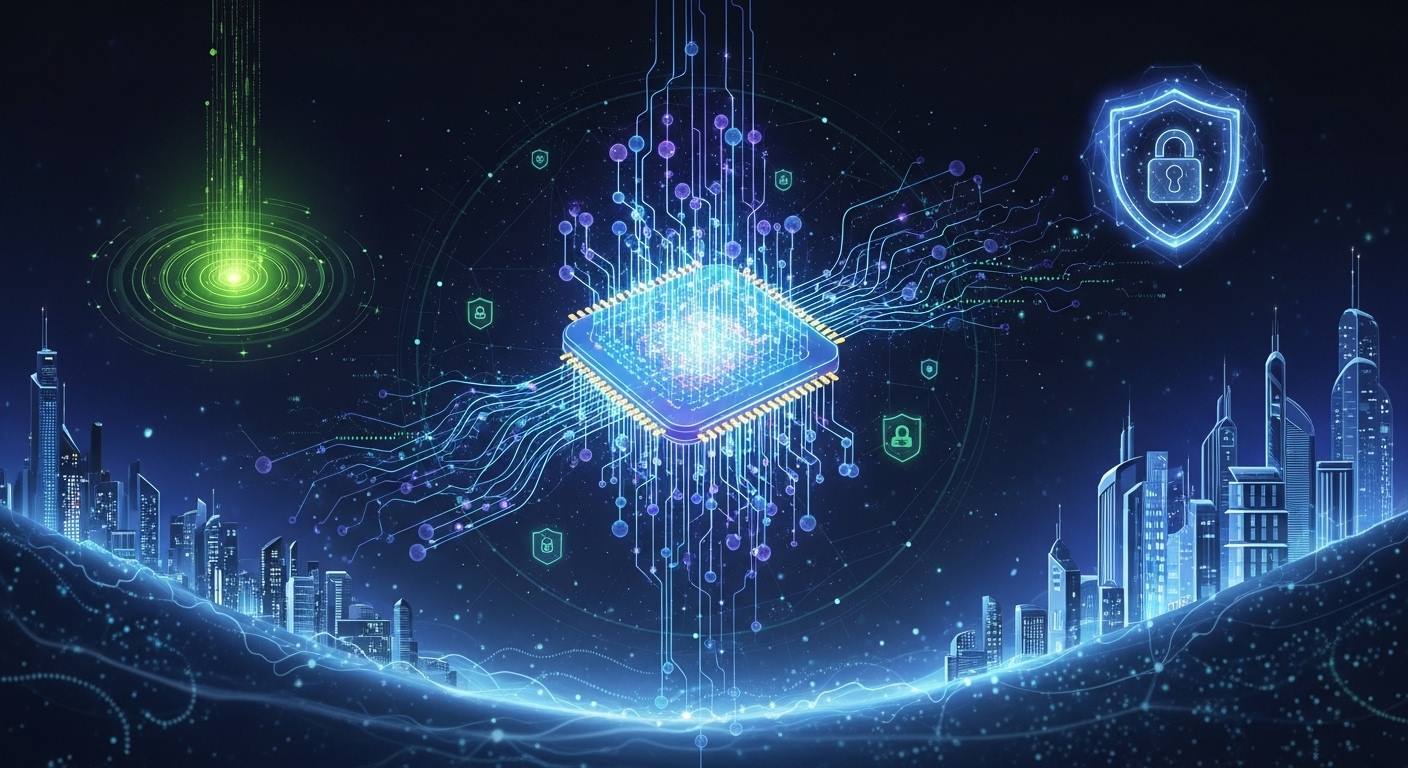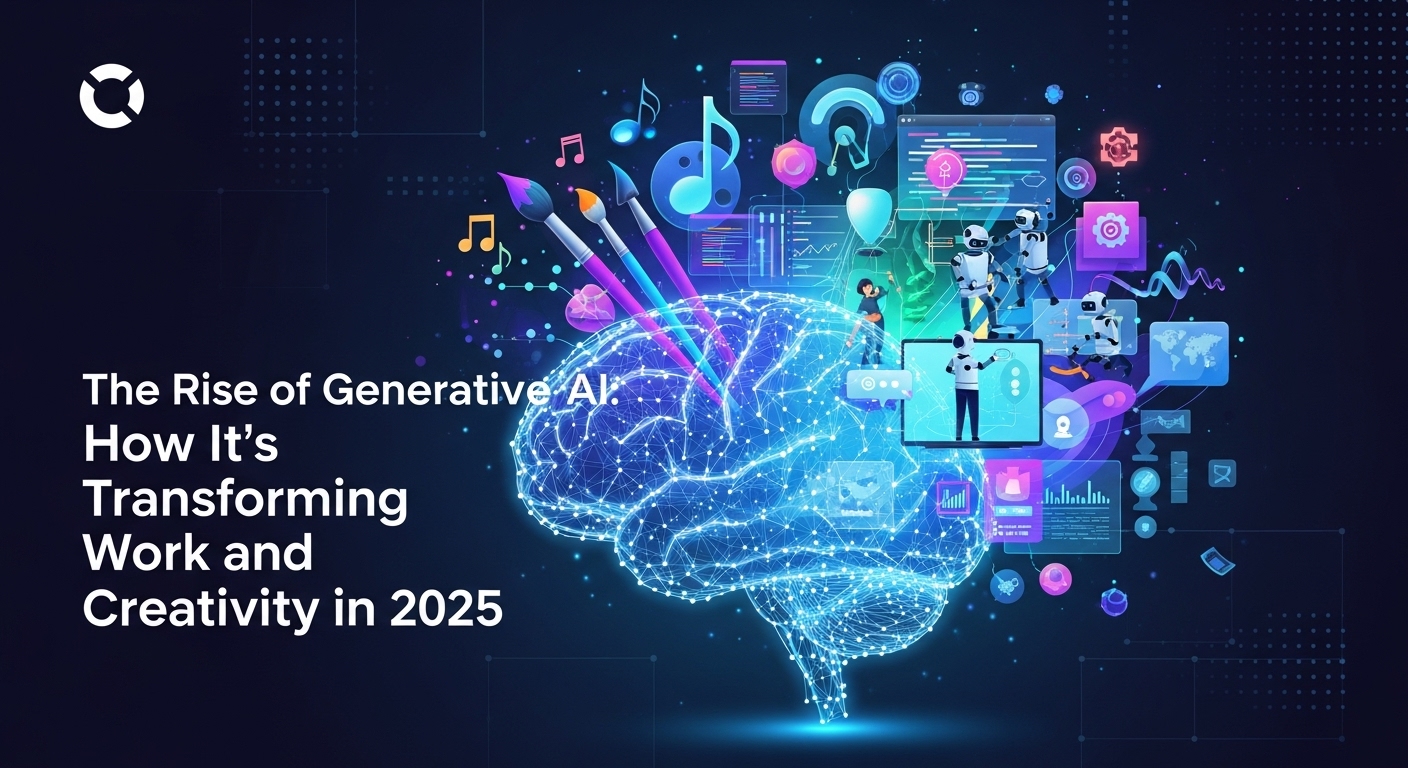The conversation around Artificial Intelligence has often been painted with a broad, almost dystopian brush. We hear tales of robots taking jobs and algorithms making decisions far beyond human comprehension. But as we stand on the cusp of a new technological era, a more nuanced and exciting narrative is emerging—one not of replacement, but of partnership. The future isn’t about humans versus machines; it’s about human-AI collaboration. By 2030, this synergy will not just be a novelty; it will be the very fabric of our professional and creative lives. Let’s explore what this collaborative future looks like.
The Evolution from Tools to Teammates
For decades, technology has served as a tool. A hammer helps us build, a computer helps us calculate. Early AI and automation fell into this category, performing repetitive, rule-based tasks with incredible speed and accuracy. But the AI of today, and certainly the AI of 2030, is fundamentally different. It’s evolving from a passive tool into an active teammate.
From Automation to Augmentation
The key shift is from automation to augmentation. Automation is about replacing a human task entirely. Augmentation, on the other hand, is about enhancing human capabilities. Think of an analyst who once spent weeks sifting through data to find trends. Now, an AI can process that data in seconds, presenting key insights and potential correlations the human might have missed. The analyst’s role then shifts from number-crunching to higher-level strategy, interpretation, and decision-making based on the AI’s findings. This isn’t job replacement; it’s job elevation. The human is still in the driver’s seat, but now they have a super-powered navigation system.
The Rise of Generative AI as a Creative Partner
Perhaps the most visible example of this new collaborative paradigm is the explosion of generative AI. Models like GPT-4, DALL-E 3, and Midjourney are not just tools; they are creative partners. A writer can brainstorm plot points with an AI, a designer can generate dozens of visual concepts in minutes, and a musician can co-compose a melody with an algorithmic partner. The AI provides the raw material, the creative spark, or the alternative perspective, while the human provides the taste, the curation, the emotional context, and the final artistic direction. This dynamic accelerates the creative process and opens up entirely new avenues for expression.
Key Areas of Human-AI Synergy by 2030
By the end of this decade, the impact of this collaboration will be felt across every industry. It’s not just a niche development; it’s a foundational shift in how we work, create, and solve problems. This is the core of the emerging tech revolution.
Healthcare: The AI-Powered Physician’s Assistant
In medicine, the stakes are incredibly high, and the potential for positive impact is immense. By 2030, AI will be an indispensable partner for healthcare professionals. Imagine a radiologist whose AI assistant pre-scans hundreds of MRIs, flagging anomalies with a 99% accuracy rate and cross-referencing them with the patient’s genetic history. This allows the human doctor to focus their expertise on the most complex cases and on patient interaction. AI will also power personalized treatment plans, analyzing vast datasets to predict which therapies will be most effective for an individual’s unique biological makeup. The doctor’s role becomes more focused on empathy, ethical judgment, and holistic patient care—skills that remain uniquely human.
Creative Industries: Co-Creating with Algorithms
The creative landscape will be completely reshaped. A film director might use AI to storyboard scenes, generate pre-visualizations, or even create digital sets. An architect could collaborate with an AI to design a building that is perfectly optimized for energy efficiency and structural integrity, based on thousands of simulations. The human creator’s role is to guide the AI, to set the vision, and to imbue the final product with meaning and soul. The fear that AI will kill creativity is misplaced; instead, it will provide artists with more powerful paintbrushes.
Education: Personalized Learning at Scale
The one-size-fits-all model of education is already showing its age. By 2030, AI tutors will provide truly personalized learning experiences for every student. An AI can identify a student’s specific learning gaps, adapt the curriculum in real-time, and provide exercises that cater to their pace and style. This frees up human teachers to move beyond rote memorization and lectures. They can become mentors, facilitating project-based learning, fostering critical thinking, and nurturing the social and emotional skills that are vital for success. The classroom of 2030 will be a dynamic, collaborative space where teachers guide students who are empowered by their personal AI learning companions.
Navigating the Challenges: Ethics and Skill Development
This optimistic future is not a foregone conclusion. Building a successful human-AI collaborative environment requires us to proactively address significant challenges, particularly around ethics and the evolution of our own skills.
Ethical Considerations and Bias Mitigation
AI models are trained on data, and if that data reflects human biases, the AI will perpetuate them. An AI used in hiring could discriminate against certain candidates, or an AI in the justice system could recommend biased sentences. This is where human oversight is non-negotiable. The concept of a ‘human-in-the-loop’ will be critical. We need to design systems where AI makes recommendations, but a human makes the final, ethically-informed decision. We must be the moral compass, ensuring that this powerful emerging tech is deployed fairly and responsibly.
The Shifting Skill Landscape: What Humans Do Best
As AI takes over more analytical and repetitive tasks, the most valuable human skills will shift. The new currency in the job market of 2030 will be:
- Critical Thinking: Questioning the AI’s output and understanding its limitations.
- Creativity: Asking the right questions and guiding the AI toward novel solutions.
- Emotional Intelligence: Collaborating, leading, and communicating with other humans.
- Complex Problem-Solving: Integrating insights from multiple domains to tackle challenges that don’t have a clear, data-driven answer.
Lifelong learning will no longer be a buzzword but a necessity. We must all become adept at learning how to work with these new intelligent systems.
The Road Ahead: Fostering a Collaborative Future
The journey to 2030 is not about waiting for a fully-formed future to arrive. It’s about actively building it, one collaboration at a time. The narrative is shifting from a fear of replacement to an excitement for augmentation. We are on the verge of creating a powerful symbiosis where machine intelligence handles the scale and speed of data, while human intelligence provides the wisdom, context, and purpose.
This is more than just another wave of technology; it’s a fundamental redefinition of our relationship with it. By embracing AI as a partner, we can unlock unprecedented levels of productivity, creativity, and problem-solving. The question is no longer if AI will be a part of our work, but how we will choose to collaborate with it. How are you preparing for this collaborative future in your own field?


